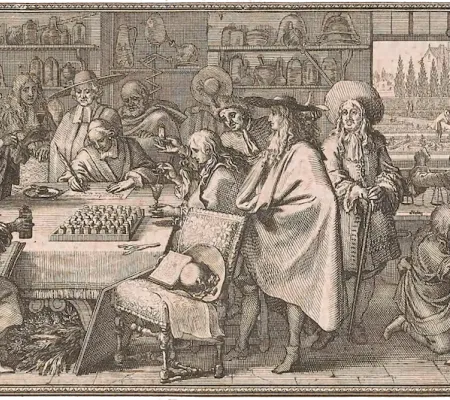In early eighteenth-century garden manuals, art treatises, and naturalist texts, nature was imaged; the three-dimensional made into two-dimensional pictures in order to facilitate formal comparisons across media. Through pattern and design, the theorization of fine arts, gardens, botany, and natural history drew upon the same empirical strategies for the common purpose of inciting visual pleasure. Joseph Bonnier de la Mosson’s curiosity collection and garden exemplify the conceptual relationships thought to exist between shell collections, paintings, and other objects of nature and artifice. Reconsidered in the context of gardening discourse, Bonnier’s collection is revealed as an important site of naturalist and artistic thought in the emerging Enlightenment.
Lauren Cannady is assistant director of the Research and Academic Program at the Clark Art Institute in Williamstown, MA. She received her PhD from the Institute of Fine Arts, New York University, where she specialized in early modern European art and architecture. Her research interests include landscape architecture, the history of science, and the history of ideas in the early modern period. She has published on eighteenth-century aesthetic philosophy and systems of the decorative and is preparing a book manuscript titled Green Thoughts: The Garden in Early Modern Europe. She is also co-editor, with Jennifer Ferng, of Crafting Artisanal Praxis: Networks of Power in the Long Eighteenth Century, forthcoming in 2019.


